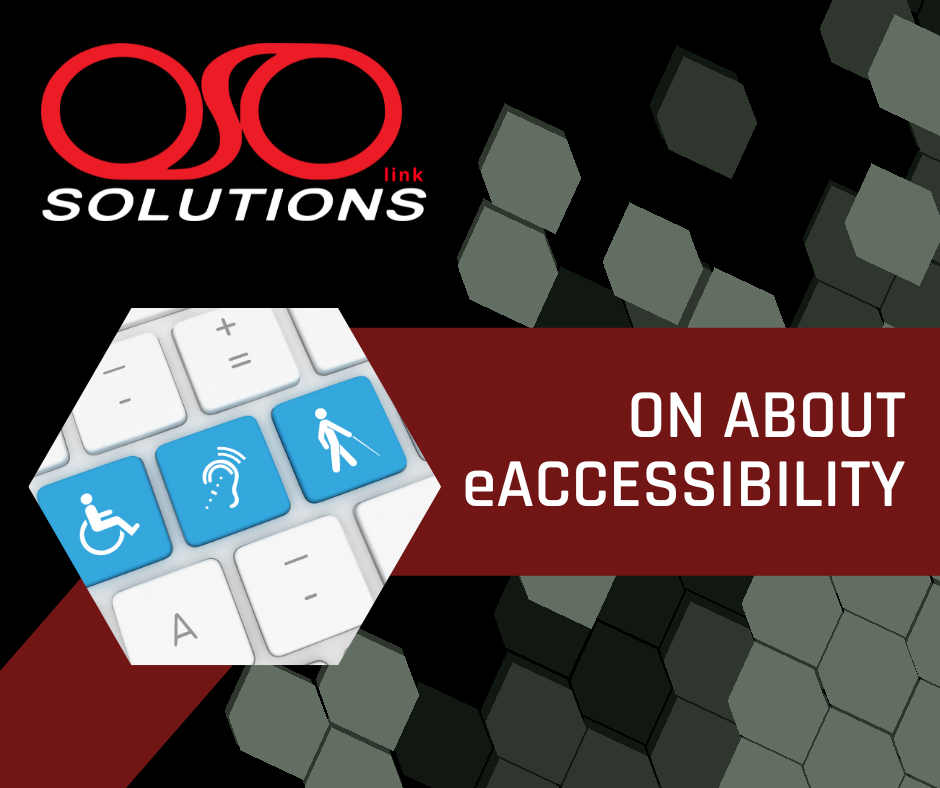On About eAccessibility
This is the inclusive practice of Web Design and Development that makes sure the equal ease-of-access of content across the internet.
The practice is to cater to individuals with:
–Visual impairment ranging from poor eyesight, to color blindedness and complete blindness.
–Auditory impairment.
–Motor skills disorders or loss of fine muscular control, such as those caused from Parkinson’s Disease, Cerebral Palsy or those who have the inability to use one or both hands.
–Photosensitivity such as those easily susceptible to bright flashing lights, or visual strobe and eye-straining patterns.
–Cognitive issues such as those who have Dyslexia or have learning disabilities and those suffering from PTSD and/or Alzheimer’s.
Why is eAccessibility Important?
The practice is put in place to ensure that individuals with disabilities can access content in the World Wide Web with the same relative ease as those who don’t possess such disabilities. Making your website accessible to more potential users promotes website traffic and if you have a business site this means you’re widening your demographic to get more potential clients.
In current technology, there has been assistive resources that websites of this day should support for like:
–Screen Reader Software, that reads the contents of the site out-loud, typically in a synthesized voice, for those who have reading and developmental disorders or those with deafness.
–Braille Translators that convert text from a site to a braille character display device for individuals with blindness.
–Speech Recognition that allows the user to use voice commands to perform website functions if they do not have the fine motor skills or have trouble using the mouse and/or keyboard.
–Keyboard Overlays for those who lack/have difficulty in operating a physical keyboard.
So, in closing…
With the growth of internet usage across the past 40 years, eAccessibility has come into the forefront of giving those who’d have limited or no access to the World Wide Web through the various listed disabilities throughout this article to stand in equity with those who’re more fortunate than others.
It’s simply a matter of humanitarian effort to never neglect those who’ve been disadvantaged.
Visit the Web Content Accessibility Guidelines site:
Web Content Accessibility Guidelines
An Overview of the WCAG and its versions:
Standards and Guidelines
More OSOLink Blogs:
Here


